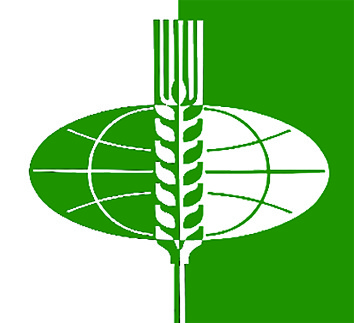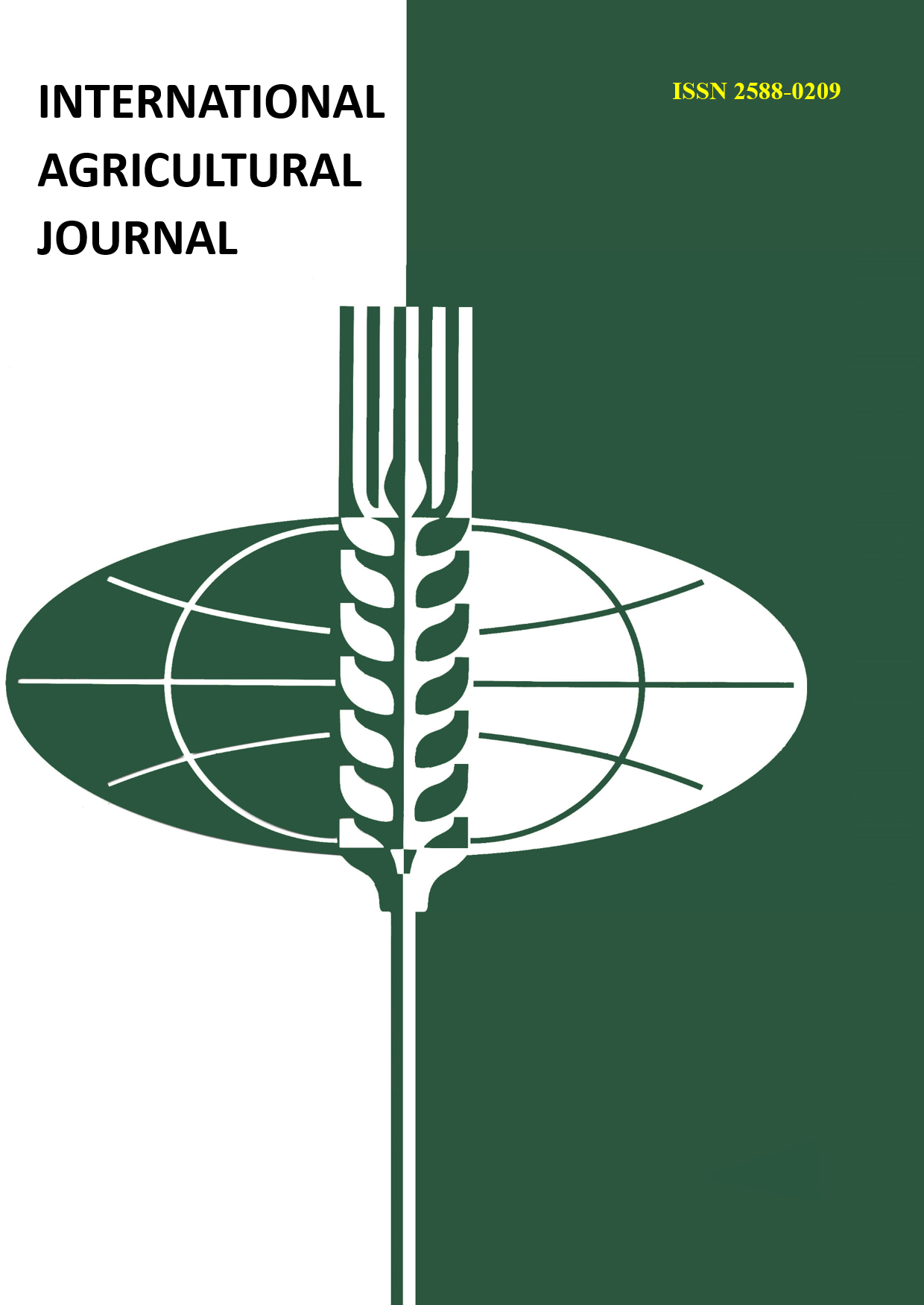Mosses are recognized as one of the main bioindicators of atmospheric pollution; they absorb and accumulate chemical compounds and substances. This is due to their superficial root system. The moss biomonitoring technique was developed in the second half of the last century by Scandinavian scientists. In the late 1980s, the International Program was established to study the effects of air pollutants on crops and semi-natural vegetation. As part of this program, the Atlas of Atmospheric Precipitation of Heavy Metals is published every 5 years. The Department of Neutron Activation Analysis of the Joint Institute for Nuclear Research has been participating in this work since 1995. The purpose of the study is to study the features of the regional distribution of atmospheric precipitation of heavy metals in the Chechen Republic using indicator mosses Pleurozium schreberi and Thuidium tamariscinum. The study was conducted in the period 2019-2022 in the cross-border territories of the Chechen Republic. The species Thuidium tamariscinum has a similar sensitivity and accumulative capacity as the reference species. If there are no species recommended for biomonitoring, it can be used as an indicator. The studied elements can be grouped into three groups: those accumulated as a result of sedimentation of solid particles of soil and dust; introduced by leaching from the decomposition of other vegetation and leaf litter; elements absorbed by mosses - bioindicators together with nutrients from atmospheric precipitation.
biomonitoring, mhi, tyazhelye metally, pochvy, okruzhayuschaya sreda, zagryaznenie, rastitel'nost', chuvstvitel'nost' indikatorov














